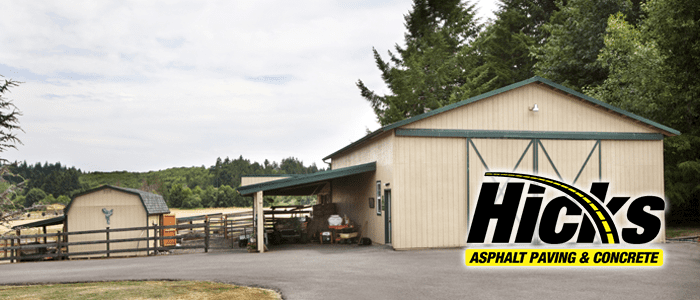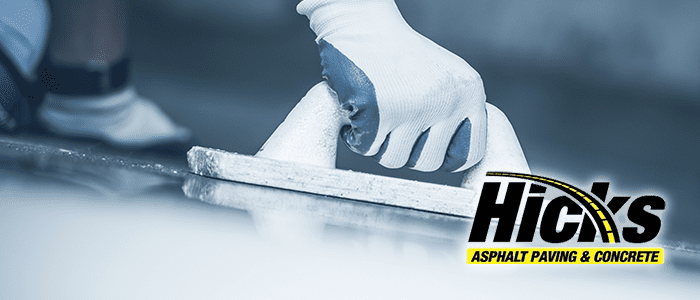One of the worst nightmares for any contractor dealing with concrete is the oncoming changes of the seasons. Stone mixtures are notorious for their dislike for any cold weather stiffer than a chilly breeze. The ACI Committee 306 defined ‘cold weather’ in regard to concrete as anything below or expected to fall below 40°F. The process of concrete curing is a purely chemical one, and that reaction of varied molecules requires a certain temperature to promote healthy concrete to form. Beneath are a few tips on avoiding the tragedy of ruined concrete.
Taking Precautions
Preparing your workspace for potential cold weather disasters is paramount to success in any construction area that might be afflicted by such events. One of the greatest tips for any contractor or DIY home improver would be to bring along a dial pocket thermometer. (Or even better, an infrared thermometer.) This lets you properly gauge the temperature of your concrete.
One of the worst enemies of concrete in cold weather is the ever-villainous thaw. Ice, frozen ground, snow; all three will inevitably cause your concrete to crack when it settles if you mistakenly place your uncured concrete atop it. Even worse, the concrete could cure unevenly – leaving you with a cured top and uncured bottom, which is a horrifying prospect to handle. We recommend heating any area where your concrete will be curing with construction heaters or electric blankets in a pinch.
Keep in mind, every hour, your concrete will lose roughly one-fourth the difference between the air and concrete’s general temperature. Keep it warm to prevent it from becoming unusable, which is a huge waste of resources on larger projects.
General Secondary Tips
If you’re working on the concrete and the temperature begins to dip, it’s not recommended to throw calcium chloride accelerators to try rushing the job in a pinch. These accelerators will give your concrete an off-putting ‘milky’ appearance that you might not find too beautiful in comparison to a uniform product cured conventionally.
Choosing to seal concrete in temperatures below 50°F can drastically increase the risk of their sealant failing catastrophically. If in doubt, use a heater – the risk of loss is not worth the extra time is taken to pre-prep the area for later.
Worker Safety
While the concrete is of utmost importance for any job site, the other risk factor is the workers themselves. One recommendation is to first check OSHA’s Stress Guidelines, as they are an amazing resource for any company to follow.
Firstly
One of the biggest tips and safety standards from OSHA is for workers to dress properly in insulating layers. The general standard for cold is three – Windbreak, insulation, and skin. These can be the deciding factor between safety and frostbite; the last thing any contractor wants is for someone to lost digits from bravado.
Secondly
Secondly, ensure your workers are eating properly. Warm drinks, high calorie foods, and other energy-producing foods are essential to fighting off the cold. We do not recommend alcohol, as it fools the body into believing it is warm, when in fact, that’s utterly false.
In Conclusion
Finally, be sure to research the appearance of frostbite. White, waxy skin is one of the red flags for extremity freezing. Be sure to get any worker with this into a warm environment to prevent injury.





